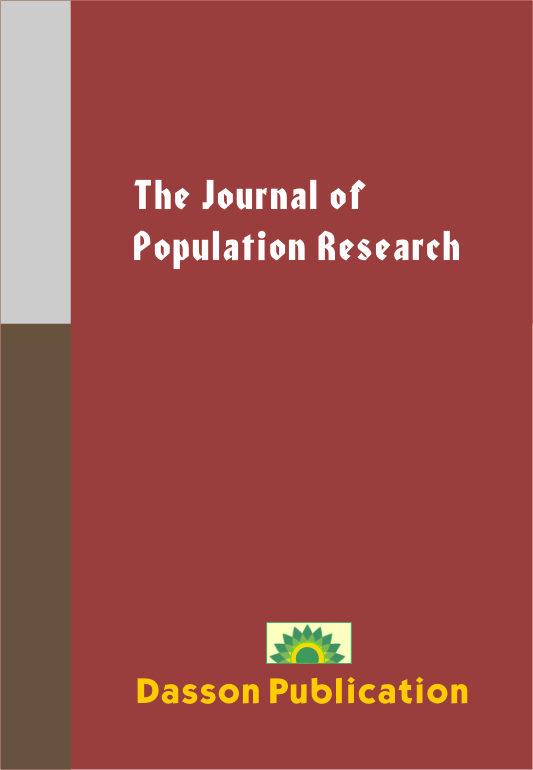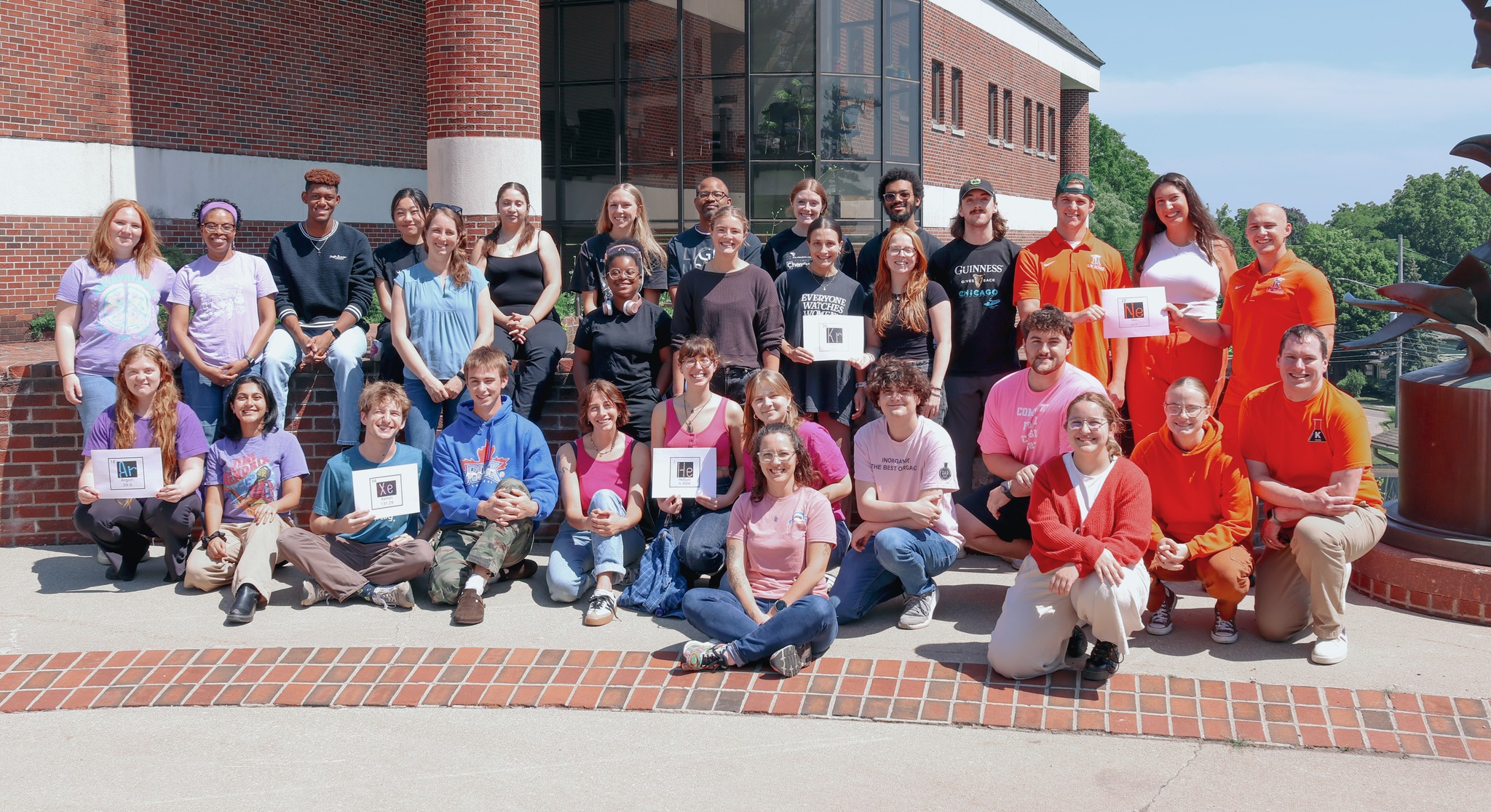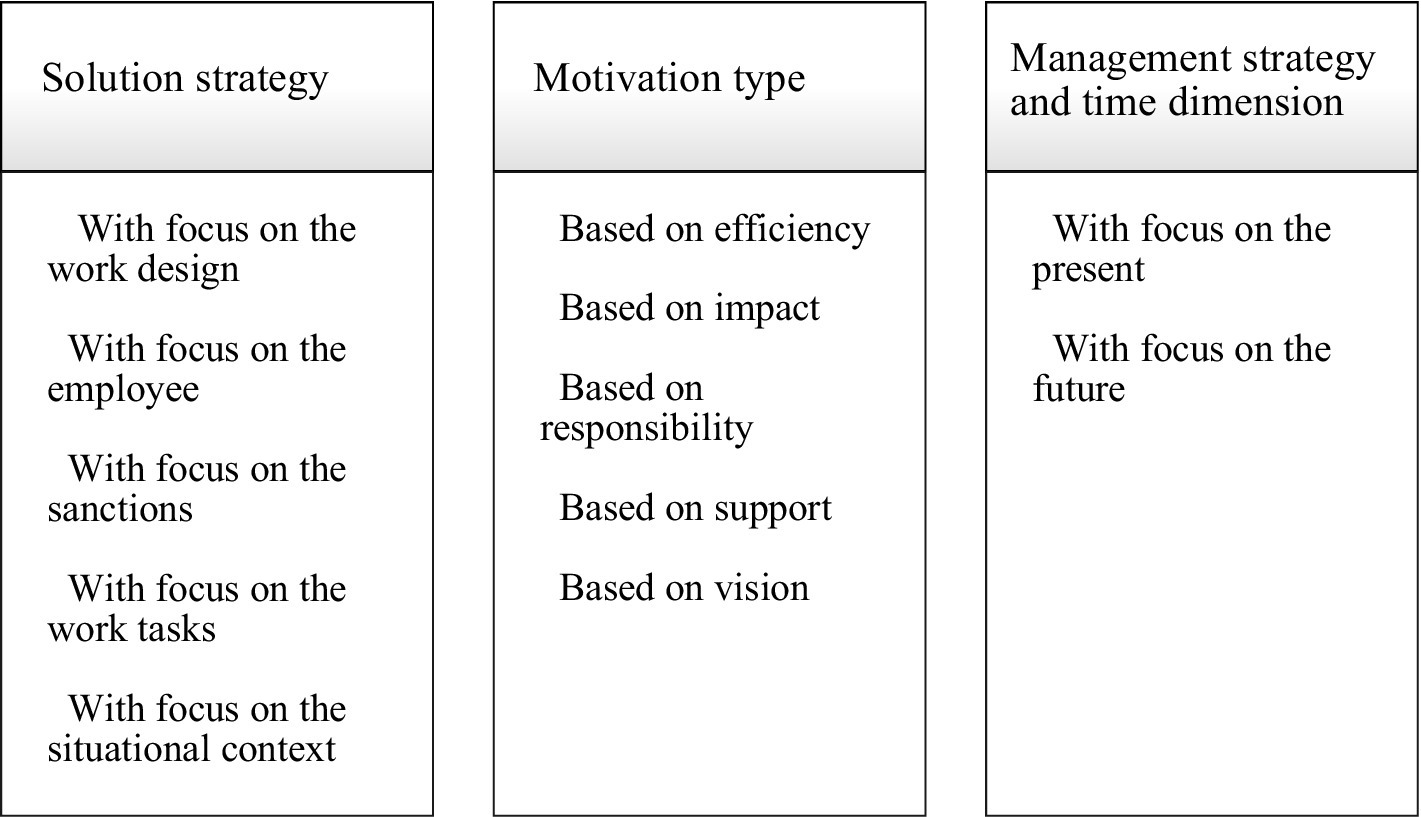Report on the Green Workforce Development Training Program
Executive Summary
The Green Workforce Development Training program, initiated by the Solid Waste Division of the Department of Natural Resources and Parks, has been recognized with the 2024 Best-Run Government Innovation Award for Equity and Racial and Social Justice. This report details the program’s structure, objectives, and outcomes, with a significant focus on its contributions to the United Nations Sustainable Development Goals (SDGs). The program successfully integrates environmental protection with social equity by providing job training to BIPOC and frontline communities, thereby supporting a just transition to a green economy.
Program Objectives and Alignment with Sustainable Development Goals (SDGs)
The program was developed to address interconnected regional challenges, with its objectives directly supporting several key SDGs.
Objective 1: Promote Decent Work and Reduce Inequalities (SDG 1, SDG 8, SDG 10)
The program was designed to counter economic disparities where BIPOC households earn below the county average. By providing paid training and pathways to high-demand jobs in the green economy, it directly contributes to:
- SDG 1 (No Poverty) and SDG 10 (Reduced Inequalities): Offering living-wage stipends during training and creating opportunities for higher-paying jobs helps close economic and wealth gaps for marginalized communities.
- SDG 8 (Decent Work and Economic Growth): The program equips participants with specialized skills for the deconstruction and salvage industry, promoting inclusive and sustainable economic growth.
Objective 2: Foster Sustainable Communities and Climate Action (SDG 11, SDG 12, SDG 13)
A core goal is to meet the growing demand for sustainable building practices, specifically the deconstruction and salvage of materials. This supports:
- SDG 11 (Sustainable Cities and Communities) and SDG 12 (Responsible Consumption and Production): The program advances circular economy principles by diverting reusable building materials from landfills, reducing urban waste.
- SDG 13 (Climate Action): By salvaging materials, the program reduces the greenhouse gas emissions associated with landfill waste and the production of new materials.
Program Implementation and Strategic Partnerships
The program’s success is built on a foundation of strategic collaboration and inclusive design.
Key Implementation Features
- Community-Based Organization (CBO) Partnership: The County contracted with three BIPOC-led CBOs that work with previously incarcerated individuals. These partners were integral to recruitment and provided essential wrap-around services, including transportation, case management, and stipend payments.
- Paid Training Model: Participants received a living wage for both classroom and on-site training, a critical factor in ensuring high program completion rates and aligning with SDG 8.
- Inclusive and Accessible Training: To overcome language barriers and promote equity (SDG 10), training materials were provided in multiple languages as required.
- Inter-departmental Collaboration: The project team worked with the Contract Management, Risk, Finance, and the Prosecuting Attorney’s Office to navigate and resolve administrative challenges.
Measurable Outcomes and Impact
The program has yielded significant, quantifiable results across social, economic, and environmental domains, directly advancing multiple SDG targets.
Social and Economic Impact
- Workforce Development (SDG 8): Two cohorts have been completed, with 18 individuals graduating. All graduates have expressed interest in pursuing careers in the construction and demolition industry, with several already securing employment.
- Program Expansion: In 2024, the training was enhanced to include the “Roots of Success” certified apprenticeship, further strengthening career pathways in the green economy.
Environmental Impact
- Waste Reduction (SDG 11, SDG 12): Trainees helped divert an estimated 40,100 pounds of reusable building materials from landfills.
- Climate Action (SDG 13): This diversion is equivalent to a greenhouse gas reduction of 24.9 metric tons of CO2, or the conservation of 2,750 gallons of gasoline.
Project Governance
Project Team
The Green Workforce Development Training Project Team was composed of:
- Brody Abbott
- Kinley Deller
- Quest Jolliffe
- Nori Catabay
- Jesse Gonzalez
Analysis of Sustainable Development Goals (SDGs) in the Article
1. Which SDGs are addressed or connected to the issues highlighted in the article?
- SDG 1: No Poverty
- SDG 8: Decent Work and Economic Growth
- SDG 10: Reduced Inequalities
- SDG 11: Sustainable Cities and Communities
- SDG 12: Responsible Consumption and Production
- SDG 13: Climate Action
- SDG 17: Partnerships for the Goals
2. What specific targets under those SDGs can be identified based on the article’s content?
-
SDG 1: No Poverty
- Target 1.2: By 2030, reduce at least by half the proportion of men, women, and children of all ages living in poverty in all its dimensions according to national definitions. The article addresses this by aiming to “help close the economic and wealth gap” for BIPOC households, which suffer from disparities in household income.
- Target 1.3: Implement nationally appropriate social protection systems and measures for all. The program provides “a living wage while attending training” and “wrap-around services,” which function as a social protection measure to ensure participants can complete the training without financial hardship.
-
SDG 8: Decent Work and Economic Growth
- Target 8.5: By 2030, achieve full and productive employment and decent work for all women and men, including for young people and persons with disabilities, and equal pay for work of equal value. The program provides “high-demand job skills” to help participants secure “better paying jobs” in the construction industry.
- Target 8.6: By 2020, substantially reduce the proportion of youth not in employment, education or training. The program directly provides job training and a pathway to employment for its participants, including those from marginalized communities.
-
SDG 10: Reduced Inequalities
- Target 10.2: By 2030, empower and promote the social, economic, and political inclusion of all, irrespective of age, sex, disability, race, ethnicity, origin, religion or economic or other status. The program is specifically designed to provide skills and opportunities to “BIPOC and frontline communities” and “previously incarcerated individuals,” directly promoting their economic inclusion.
-
SDG 11: Sustainable Cities and Communities
- Target 11.6: By 2030, reduce the adverse per capita environmental impact of cities, including by paying special attention to air quality and municipal and other waste management. The program’s core function is to “deconstruct buildings and salvage materials,” which diverts waste from landfills and reduces the environmental impact of the building industry within the county.
-
SDG 12: Responsible Consumption and Production
- Target 12.5: By 2030, substantially reduce waste generation through prevention, reduction, recycling and reuse. The program directly implements this target by training workers in deconstruction and salvage, which prioritizes the reuse of building materials over demolition and disposal.
-
SDG 13: Climate Action
- Target 13.3: Improve education, awareness-raising and human and institutional capacity on climate change mitigation, adaptation, impact reduction and early warning. The “Green Workforce Development Training” and its “Roots of Success” apprenticeship program build human capacity for climate change mitigation by equipping individuals with skills for green jobs that reduce environmental impact.
-
SDG 17: Partnerships for the Goals
- Target 17.17: Encourage and promote effective public, public-private and civil society partnerships, building on the experience and resourcing strategies of partnerships. The article emphasizes that the program’s success relies on the collaboration between a government entity (Solid Waste Division), “three BIPOC community-based organizations (CBOs),” and the private “building industry.”
3. Are there any indicators mentioned or implied in the article that can be used to measure progress towards the identified targets?
-
SDG 1: No Poverty & SDG 10: Reduced Inequalities
- Indicator: Number of participants from targeted communities (BIPOC, frontline, previously incarcerated) who completed the program. The article states, “18 individuals have graduated.”
- Indicator: Provision of living wage stipends. The article notes that “compensating trainees for their classroom time and onsite work” with a “living wage” was a key feature.
-
SDG 8: Decent Work and Economic Growth
- Indicator: Number of graduates obtaining employment. The article mentions that “several have moved into jobs in the demolition-and-construction industry.”
- Indicator: Number of training programs established. The article states, “Two cohorts of the Green Workforce Development Training have been held,” and it was “expanded to include a certified apprenticeship program.”
-
SDG 11: Sustainable Cities and Communities & SDG 12: Responsible Consumption and Production
- Indicator: Amount of waste diverted from landfills. The article specifies that trainees “helped divert an estimated 40,100 pounds of re-usable building materials from landfills.”
-
SDG 13: Climate Action
- Indicator: Reduction in greenhouse gas emissions. The waste diversion is quantified as “the equivalent to a greenhouse gas reduction of 24.9 metric tons of CO2.”
-
SDG 17: Partnerships for the Goals
- Indicator: Number of partners engaged in the project. The article mentions the county “contracted with three BIPOC community-based organizations (CBOs)” and worked with the “building industry.”
4. Summary Table of SDGs, Targets, and Indicators
| SDGs | Targets | Indicators Identified in the Article |
|---|---|---|
| SDG 1: No Poverty | 1.2 Reduce poverty in all its dimensions. 1.3 Implement social protection systems. |
Provision of a living wage stipend during training to close the economic gap. |
| SDG 8: Decent Work and Economic Growth | 8.5 Achieve full, productive employment and decent work for all. 8.6 Reduce the proportion of people not in employment, education or training. |
18 individuals completed training; “several” moved into jobs; 2 cohorts held; program expanded to an apprenticeship. |
| SDG 10: Reduced Inequalities | 10.2 Empower and promote the social and economic inclusion of all. | Program specifically recruits from BIPOC, frontline communities, and previously incarcerated individuals. |
| SDG 11: Sustainable Cities and Communities | 11.6 Reduce the environmental impact of cities, especially concerning waste management. | Diversion of 40,100 pounds of building materials from landfills. |
| SDG 12: Responsible Consumption and Production | 12.5 Substantially reduce waste generation through reuse. | Training focuses on deconstruction and salvage to reuse materials. |
| SDG 13: Climate Action | 13.3 Improve education and human capacity on climate change mitigation. | Greenhouse gas reduction of 24.9 metric tons of CO2; training people in green job skills. |
| SDG 17: Partnerships for the Goals | 17.17 Encourage effective public, public-private and civil society partnerships. | Collaboration between a government division, 3 CBOs, and the building industry. |
Source: kcemployees.com







